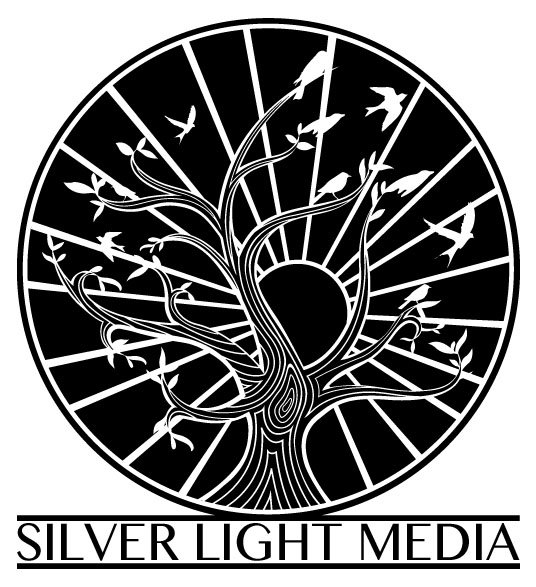In today’s fast-paced digital landscape, having a well-organized and thought-out content strategy is crucial for your brand’s success on social media. A content calendar is a powerful tool that can streamline your efforts, enhance consistency, and maximize engagement. Whether you’re a seasoned social media marketer or just starting out, this guide will walk you through the process of creating and implementing a successful social media content calendar.
What is a Social Media Content Calendar?
A social media content calendar is a schedule that outlines the content you plan to post on various social media platforms. It helps you visualize and plan your content strategy over a specific period, whether it’s a week, a month, or even a year. By mapping out your content in advance, you can ensure a consistent posting schedule, maintain a cohesive brand identity, and align your posts with important events, holidays, and campaigns.
Benefits of Using a Social Media Content Calendar
- Consistency: Regular posting is key to maintaining your audience’s interest and engagement. A content calendar helps you plan a consistent posting schedule, ensuring your audience always has fresh content to interact with.
- Strategic Planning: With a content calendar, you can plan and coordinate your content to align with your marketing goals, product launches, and seasonal campaigns. This enables you to deliver the right message to your audience at the right time.
- Time Efficiency: Planning and scheduling posts in advance saves time on a day-to-day basis. You can batch-create content and schedule posts, allowing you to focus on other important aspects of your social media strategy.
- Improved Quality: When you plan ahead, you have more time to create high-quality content, including visuals, captions, and hashtags. This leads to a more polished and engaging social media presence.
- Cross-Platform Consistency: If your brand is active on multiple social media platforms, a content calendar ensures consistent messaging and branding across all channels.
- Flexibility: While a content calendar provides structure, it’s not set in stone. You can adapt and adjust your content based on real-time events or changes in your marketing strategy.
Creating Your Social Media Content Calendar: Step by Step
- Set Your Goals: Define your social media objectives. Are you aiming to increase brand awareness, drive website traffic, or boost sales? Your goals will shape your content strategy.
- Choose Your Platforms: Determine which social media platforms are most relevant to your target audience. Focus on platforms that align with your brand’s identity and objectives.
- Research Your Audience: Understand your audience’s preferences, behaviors, and demographics. This knowledge will help you create content that resonates with them.
- Content Ideas and Themes: Brainstorm content ideas that align with your brand’s values and resonate with your audience. Create a mix of promotional, educational, entertaining, and interactive content.
- Content Types: Plan a variety of content types, including images, videos, blog posts, infographics, and user-generated content.
- Content Calendar Tools: Choose a tool to create and manage your content calendar. Options include digital calendars, spreadsheets, or specialized social media management tools.
- Content Scheduling: Allocate specific dates and times for your posts. Consider peak engagement times for each platform.
- Visualize Your Calendar: Use color coding or labels to distinguish different types of content. This makes it easier to see the content mix at a glance.
- Review and Adjust: Regularly review your content calendar to ensure it aligns with current events and business goals. Be prepared to make adjustments as needed.
- Engage and Analyze: Engage with your audience after posting. Monitor analytics to measure the success of your content and adjust your strategy accordingly.
Remember, a social media content calendar is a dynamic tool that evolves with your brand and audience. By investing time and effort into creating and maintaining a well-structured content calendar, you’ll be better equipped to connect with your audience, drive meaningful engagement, and achieve your social media marketing objectives. Happy planning!
Sorry, the comment form is closed at this time.
